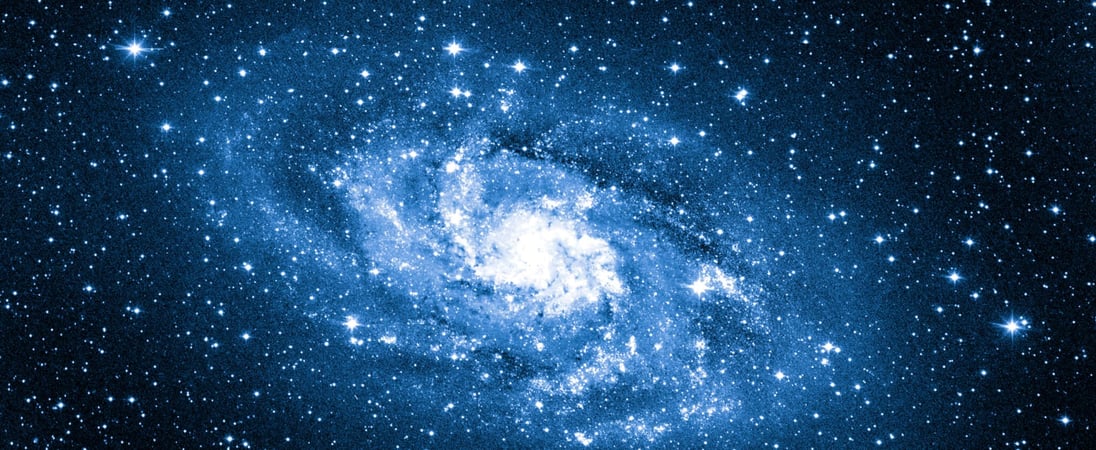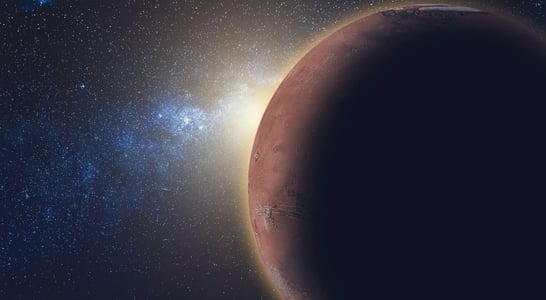
International Astronomy Day
Visit a museum or planetarium, chart the stars, or see how many constellations you can find to celebrate the vast and wonderful beauty of space and astronomy.
The mysteries of outer space and astronomy have fascinated the world for as long as we have recorded history.
It is almost impossible to look up at the night sky on a clear evening and not be caught up in the sense of wonder and amazement at how big the universe truly is compared to us.
How to Celebrate International Astronomy Day
There are many ways to celebrate Astronomy Day, and something for every family and individual. The important part is to set aside everyday life and spend some time gazing into the heavens and wondering about the mysteries we don’t yet understand.
There are many activities to do with children of all ages, as well as activities to do alone if you have a telescope.
Some can be done at home, but it can also be fun to visit a museum or planetarium to get an even fuller experience. No matter where you are in your learning journey, find something to do to celebrate the celestial bodies above us.
Star Navigation
Captains of ships and other explorers have been using the stars to find their way for a long time. Modern astronomers still use the same techniques that these ancient navigators used to survive.
Researching these ancient sailors and learning about how to navigate using the stars is an excellent way to spend Astronomy Day. Visiting a planetarium to learn even more about the constellations would add even more benefit.
Birthday Moons
There are many different ways to learn about the phases of the moon, but did you know that you can look up what the moon phase was on past days as well?
Having children look up the moon on the day they were born is a fun way to learn about the moon cycle and how it is always changing. Comparing it to the moon this year on their birthday is a great way to prepare the past with the present.
Sun Clocks
Not all learning about space has to happen at night, the sun is an important part of our solar system, so including learning about it is also important.
Before watches were invented, sun clocks were used to estimate the time of day. You can create a replica sun clock using a paper plate and a pencil.
Decorate the plate to look like a clock and push the pencil through a hole in the middle. If you place the plate in the sunlight with the twelve facing north, the shadow will represent the hour hand of the clock.
Constellations
Learning about constellations can’t be overlooked when learning about astronomy.
Picking out the popular constellations like the Big Dipper, Orion, and Taurus and what time of year they can be seen in the sky can be a lot of fun. Each constellation has a story behind it, so learning the history and origin of the constellations can really make learning come to life.
Once the constellations have been explored, it can be fun to make up new ones, complete with origins and myths behind them.
Get creative and do this outside with rocks and chalk or inside with stickers and markers. The possibilities for how and what to create are endless!
Astronomy Terms
Another big part of learning about astronomy is learning the various terms used by those in the field. It can be fun to look around and see how space influences the literary and marketing worlds.
Products are named after celestial bodies and phenomena like cars (Ford Taurus or Mercury Comet), candy bars (Milky Way), and accessories (Pulsar watches).
We can even see it in literary references like Luna and Sirius from Harry Potter or Nebula from Guardians of the Galaxy. It is amazing to see how these things so far removed from our everyday life influence it so much.
Greek and Roman Mythology
Learning about the planets can’t be overlooked when turning towards astronomy. The planets are all so different and widely varied in their sizes and composition.
Most of them are named after Greek or Roman gods which opens up the possibility of learning about ancient history alongside modern-day science. It can be fun to see how the myth behind the name fits in with the characteristics of the planet.
It can even be fun to try to think of a modern-day fictional character that might make a good name for the planets.
The possibilities for enjoying International Astronomy Day are endless. There are even many ways to tie learning about space into other areas of interest.
Since we are always learning about space, there is a continual influx of new information and discoveries to feed our imaginations!
Why Celebrate International Astronomy Day?
International Astronomy Day is a way for astronomy enthusiasts and professionals to share their knowledge and love of outer space with the general public. It is also a way for everyone interested in space to explore their passion and increase their knowledge.
For those especially enthusiastic about space, it is important to know that this day is celebrated twice a year! There is one in the spring and another in the fall to celebrate the changing constellations and various things to observe at different times of the year in space.
History of International Astronomy Day
The day was started in 1973 by Doug Berger, the then president of the Astronomical Association of Northern California. Originally, it was celebrated by setting up telescopes in urban locations in order to make space more accessible to everyone. Berger wanted to increase interest in the field of astronomy and give the general public access to more ways to learn about it.
Now, the day has expanded to include the entire world and many organizations and groups. It was also amended in 2006 to include a second day of celebration in the fall.
It not only is a great way to learn more about a fascinating subject, but can be an important way to spend time with family, friends, and other people who share the same interests.
International Astronomy Day FAQs
How did the Babylonians contribute to early astronomy?
The Babylonians meticulously recorded celestial events, such as lunar eclipses, and divided the sky into zones. Their observations laid the groundwork for future astronomical studies.
What unique astronomical practices did the Mayans have?
The Mayans developed a complex calendar system and could predict solar and lunar eclipses. They built observatories to track celestial movements, integrating astronomy deeply into their culture.
How did the ancient Greeks influence modern astronomy?
Greek philosophers like Pythagoras proposed that the Earth is spherical.
Eratosthenes accurately calculated the Earth’s circumference. Their geometric approaches laid the foundations for modern astronomy.
What is the significance of the Antikythera mechanism?
Discovered in a shipwreck, the Antikythera mechanism is an ancient Greek analog computer. It was used to predict celestial positions and eclipses, showcasing advanced technological understanding.
How did the Chinese contribute to early astronomical records?
Ancient Chinese astronomers documented celestial events meticulously.
Gan De observed Jupiter’s moons, and Shi Shen created one of the oldest star catalogs, enhancing our understanding of the night sky.
What role did the Royal Observatory Greenwich play in astronomy?
Established in 1675, the Royal Observatory Greenwich became a pivotal center for astronomical research. It played a crucial role in navigation and timekeeping, influencing global standards.
How did ancient Egyptians align their structures astronomically?
The Great Pyramid of Giza aligns with the North Star of its time, Thuban.
The Nabta Playa stone circle marks the summer solstice, reflecting the Egyptians’ advanced understanding of celestial alignments.
What is the origin of the term “vomitorium” in Roman architecture?
Contrary to popular belief, a vomitorium was an entrance or exit passage in Roman amphitheaters, designed to allow large crowds to disperse quickly, not a place for vomiting.
How did the Sumerians influence brewing practices?
The Sumerians left behind the oldest known beer recipe, inscribed on a 4,000-year-old clay tablet. This ancient brew was a barley-based concoction, highlighting their brewing skills.
What is the significance of the Boomerang Nebula?
The Boomerang Nebula is the coldest known place in the universe, with temperatures dipping to -272°C, just 1°C above absolute zero. Its extreme cold results from rapid gas expansion.
Also on ...
View all holidaysNational Singles Day
Living life solo means endless freedom, personal growth, and opportunities for spontaneous adventures. It's a unique journey worth cherishing!
National Chocolate Milk Day
Satisfy your sweet tooth with this deliciously creamy beverage made from cocoa and dairy. Perfect for any time of day!
National Hunting and Fishing Day
The sun rising, the cool breeze on your face, the sound of nature — there's nothing like the thrill of the hunt or the catch of the day.
We think you may also like...
National Space Day
Visit an observatory or use a telescope to explore the night sky, or peruse one of NASA’s livestreams to remind yourself how big the universe really is.
Sun Day
Embracing warmth and radiance, basking in the vibrant glow that uplifts spirits and infuses joy into everyday moments.








